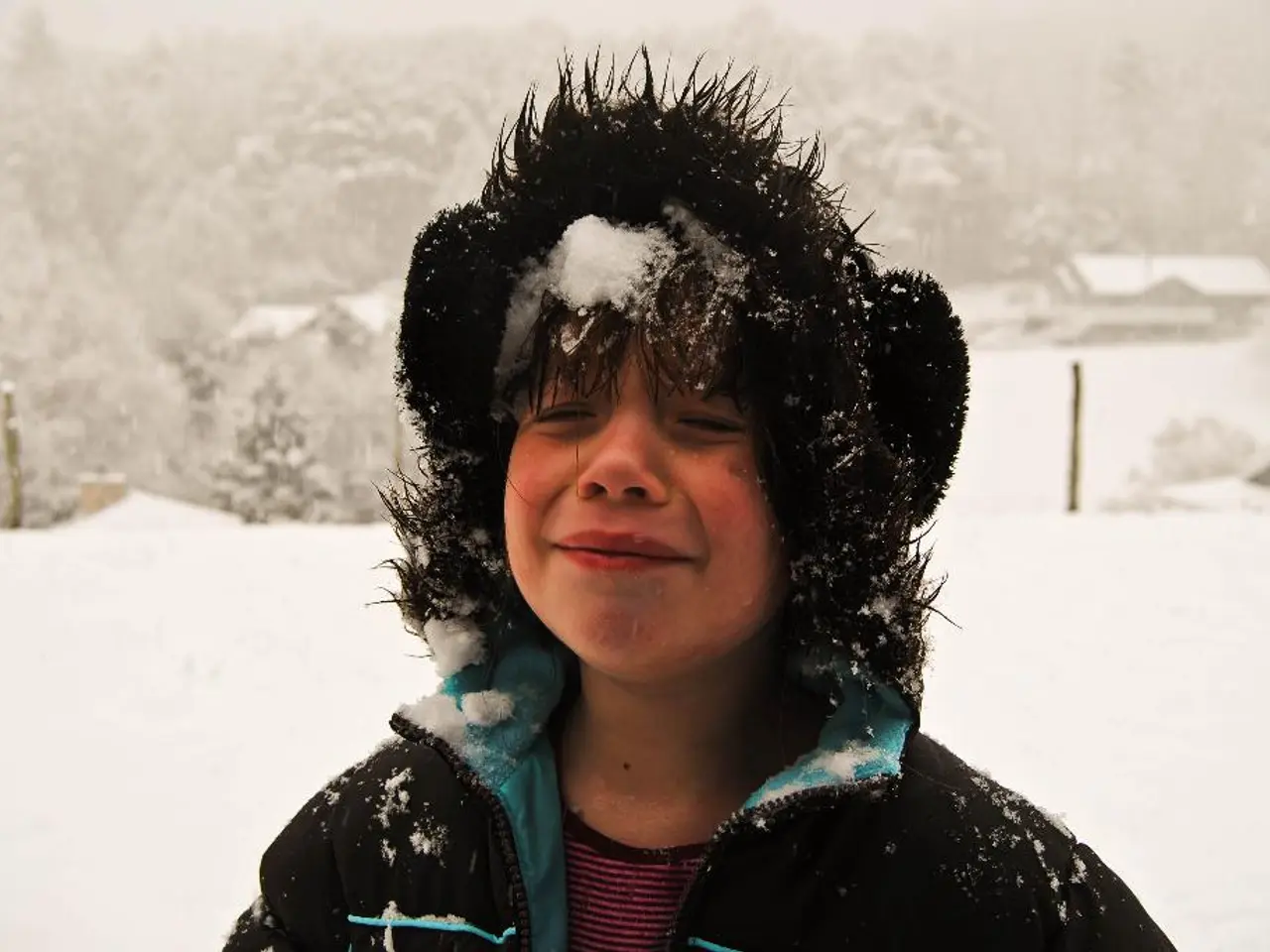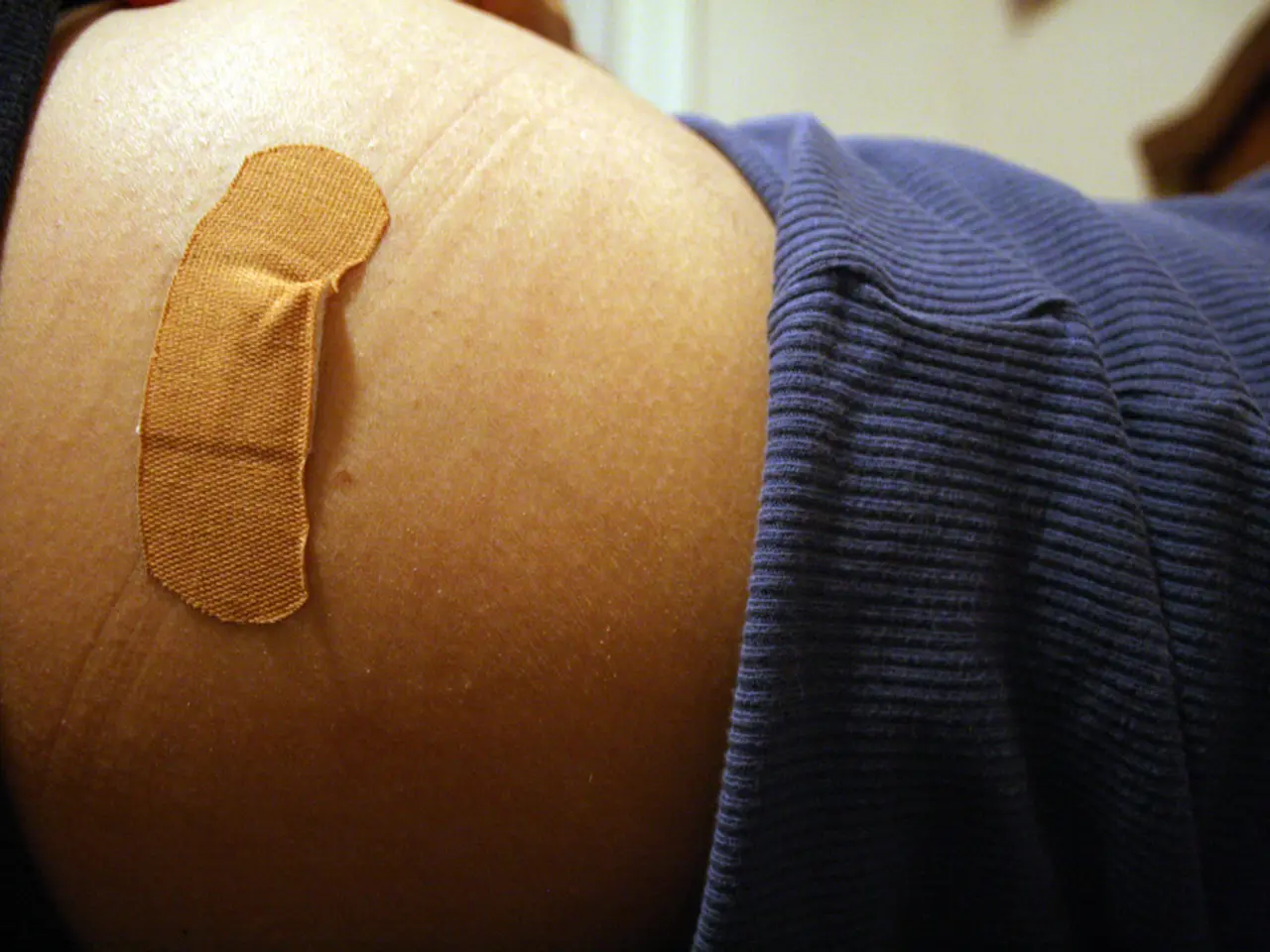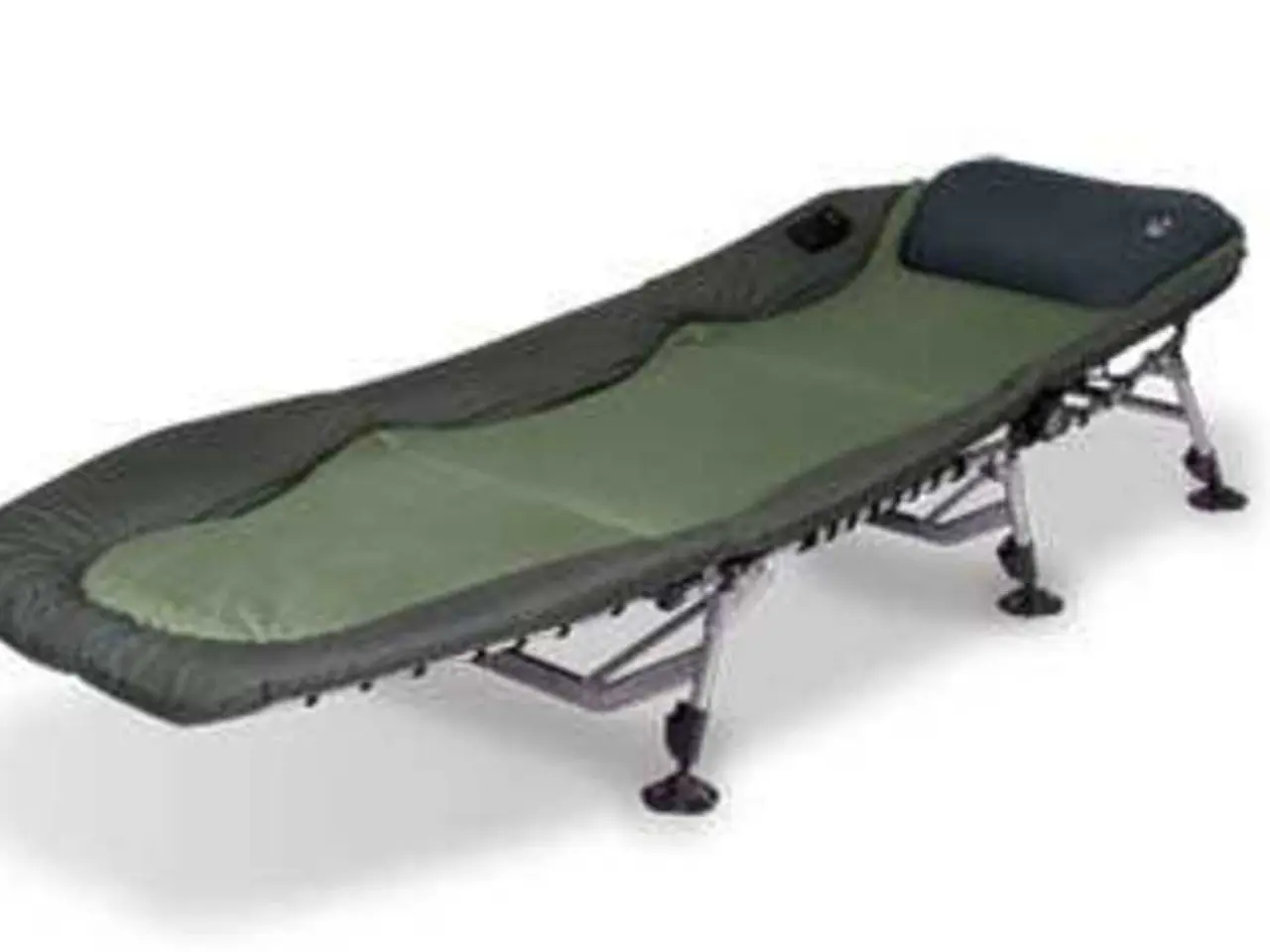Emergency Medical Treatment for Young Individuals: A Focus on Youthful Victims
Trauma can have a profound impact on the lives of children and adolescents, affecting their emotional, social, and academic well-being. In the United States, approximately 35 million children and adolescents have experienced childhood trauma or adverse childhood experiences (ACEs).
Trauma can manifest differently across various age groups. Young children (0-6 years old) may regress, exhibiting behaviours such as bedwetting, thumb-sucking, or using baby talk. They may also experience separation anxiety, tantrums or irritability, play reenactment, sleep problems, and physical complaints like stomachaches or headaches.
As children grow into middle childhood (ages 8-11), symptoms may include learning difficulties, behavioural issues, emotional symptoms, avoidance behaviours, and hyperarousal. In this age group, regressed behaviours, school challenges, problems in social settings, and heightened emotions are common.
Adolescents (ages 12-18) may display risk-taking behaviour, social withdrawal, emotional numbness, self-harm or suicidal thoughts, academic decline, and strong reactions to reminders of the trauma. Intrusive memories or flashbacks, nightmares, avoidance of traumatic triggers, emotional numbing, and hyperarousal symptoms like irritability and trouble sleeping are common across all age groups.
In addition to these symptoms, children may experience intrusive or unwanted thoughts, including recurrent, distressing flashbacks, thoughts, or memories of the traumatic event and nightmares related to the event.
To support children and adolescents who have experienced trauma, it is essential to create environments that promote stability, consistency, and predictability. This can help reduce anxiety and increase opportunities for children to feel safe.
Trauma-focused cognitive behavioral therapy (TF-CBT) and dialectical behavior therapy (DBT) are interventions used for children and adolescents who have experienced a traumatic event. TF-CBT focuses on a gradual exposure component and an 8-step process, while DBT is a cognitive, support-based, and collaborative intervention to help adolescents manage safety risks and challenging irrational thoughts.
Parent-child interaction therapy (PCIT) is another therapy that aids children who have trauma-related symptoms such as aggressive, non-compliant, and oppositional behaviours.
Promoting safety involves creating environments that limit chaos and increase predictability, and informing children on who to contact and what to do in case of emergencies. Family can create a safe space at home by letting children know that if they want to share anything, family members will be ready to listen without any judgement or punishment.
Peer support can also play a crucial role in a child's recovery. Peer network can support a child by lending an open ear and just being good listeners, and creating a space that feels safe and non-intrusive.
If behaviour or symptoms seem unmanageable or are interfering with a child's functioning, it's important to seek professional mental health services with a trauma-informed clinician. Most children affected by traumatic events do not recognize their symptoms, so it's essential to be aware and proactive in seeking help.
Science and mental-health discussions often emphasize the importance of early identification and treatment of trauma symptoms in children and adolescents, as they may manifest differently across various age groups. For instance, general-news reports might highlight the role of trauma-focused cognitive behavioral therapy (TF-CBT) and dialectical behavior therapy (DBT) in helping these young individuals manage their emotional responses to traumatic experiences, while health-and-wellness articles may stress the need for safe and stable environments in promoting their recovery. Accidents, such as car accidents or domestic violence, can be significant sources of trauma, necessitating awareness of potential symptoms and the importance of seeking professional help when needed.




